Hackers are using Microsoft Teams to conduct “email bombing” attacks
Experts told ITPro that tactics like this are on the rise, and employees must be trained effectively
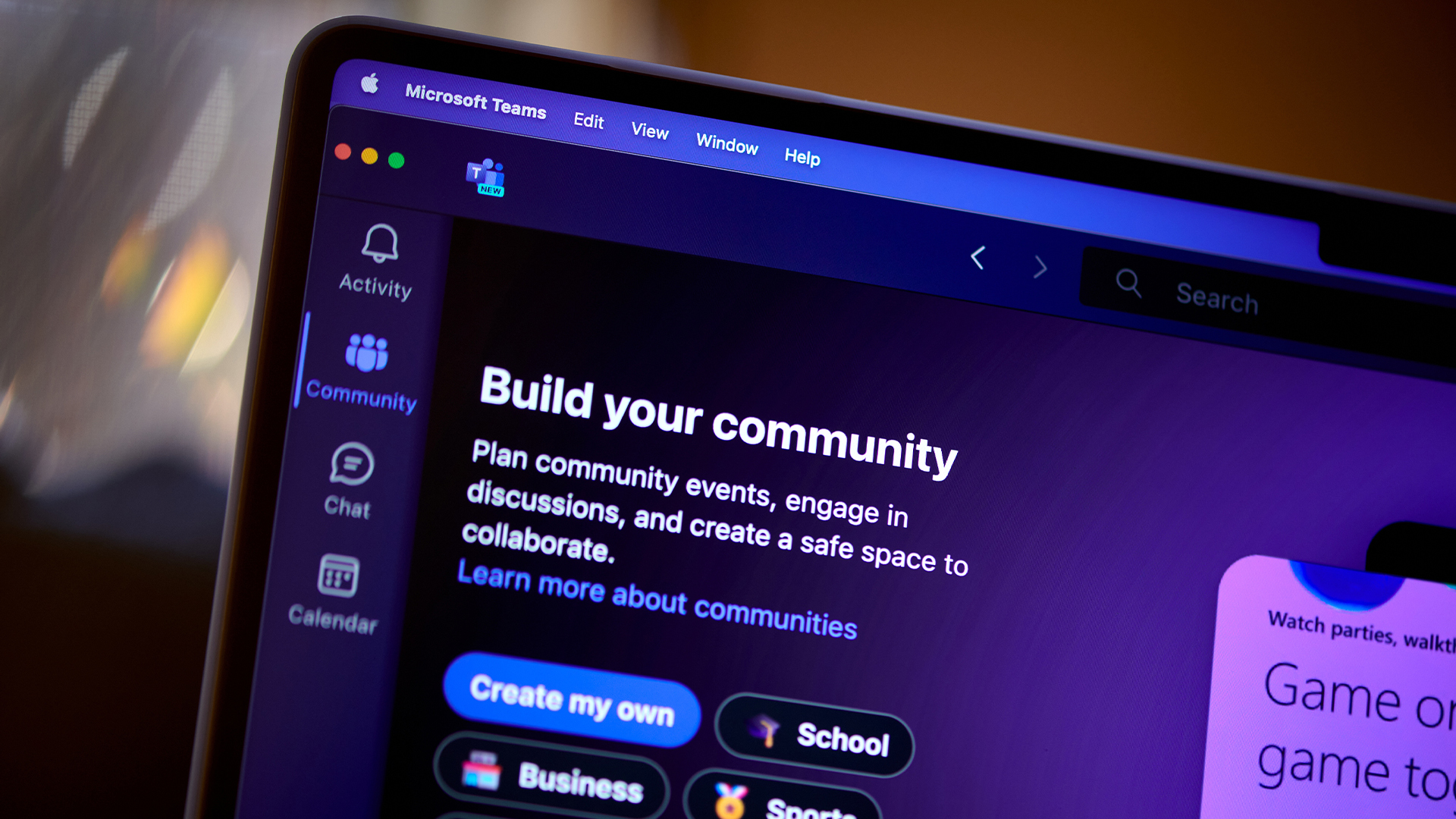

Threat actors are posing as tech support workers to launch attacks through Microsoft Teams, according to a report from Sophos.
The firm is tracking two threats dubbed STAC5143 and STAC5777, having first begun investigating clusters of activity in November and December 2024. Both threat actors used their own Microsoft 365 tenants as part of their attacks.
Attackers took advantage of a default Microsoft Teams configuration that allows users on external domains to start chats or meetings with internal users, Sophos said.
While STAC5143 is a previously unreported threat, STAC5777 has been identified by Microsoft as Storm-1811. STAC5143 may have connections to a threat actor known also as FIN7, Sangria Tempest, or Carbon Spider.
‘We are publishing this in-depth report on both threat clusters to aid defenders in detecting and blocking these continuing threats, and to raise awareness of the spread of these tactics among organizations using the Office 365 platform,” Sophos MDR said.
The firm claims to have observed over 15 incidents involving these tactics over the past three months, with half conducted in the past two weeks.
"Email bombing is not a new technique, but it is an effective technique that has been on the rise due to the increase in free mail bombing tools and mail bombing services that will sign up users to a long list of free email subscriptions for a price,” Chance Caldwell, Senior Director at Cofense, told ITPro.
Sign up today and you will receive a free copy of our Future Focus 2025 report - the leading guidance on AI, cybersecurity and other IT challenges as per 700+ senior executives
“These spamming techniques are used in a wide array of attacks with varying objectives, but they are all trying to obscure their activity by hiding behind the hundreds if not thousands of emails being sent to the user,” he added.
How can businesses be prepared?
These attacks are difficult to spot, Caldwell said, as traditional security tools do not recognize the spam emails being sent. On the other hand, blocking emails at a large scale could lead to legitimate emails being impacted.
RELATED WHITEPAPER

“Employees should be taught the proper communication methods with their company's internal help desk or security teams to ensure that they do not fall for a threat actor's attempts to engage with them under the pretense of providing tech support," Caldwell said.
Organizations should also ensure employees know which Remote Access Tools their organization uses, according to Max Gannon, Intelligence Manager at Cofense.
“Simply creating a list of approved tools and ensuring employees know what is on it can help defend against attacks such as these," Gannon told ITPro.

George Fitzmaurice is a former Staff Writer at ITPro and ChannelPro, with a particular interest in AI regulation, data legislation, and market development. After graduating from the University of Oxford with a degree in English Language and Literature, he undertook an internship at the New Statesman before starting at ITPro. Outside of the office, George is both an aspiring musician and an avid reader.
-
 Trump's AI executive order could leave US in a 'regulatory vacuum'
Trump's AI executive order could leave US in a 'regulatory vacuum'News Citing a "patchwork of 50 different regulatory regimes" and "ideological bias", President Trump wants rules to be set at a federal level
-
 TPUs: Google's home advantage
TPUs: Google's home advantageITPro Podcast How does TPU v7 stack up against Nvidia's latest chips – and can Google scale AI using only its own supply?
-
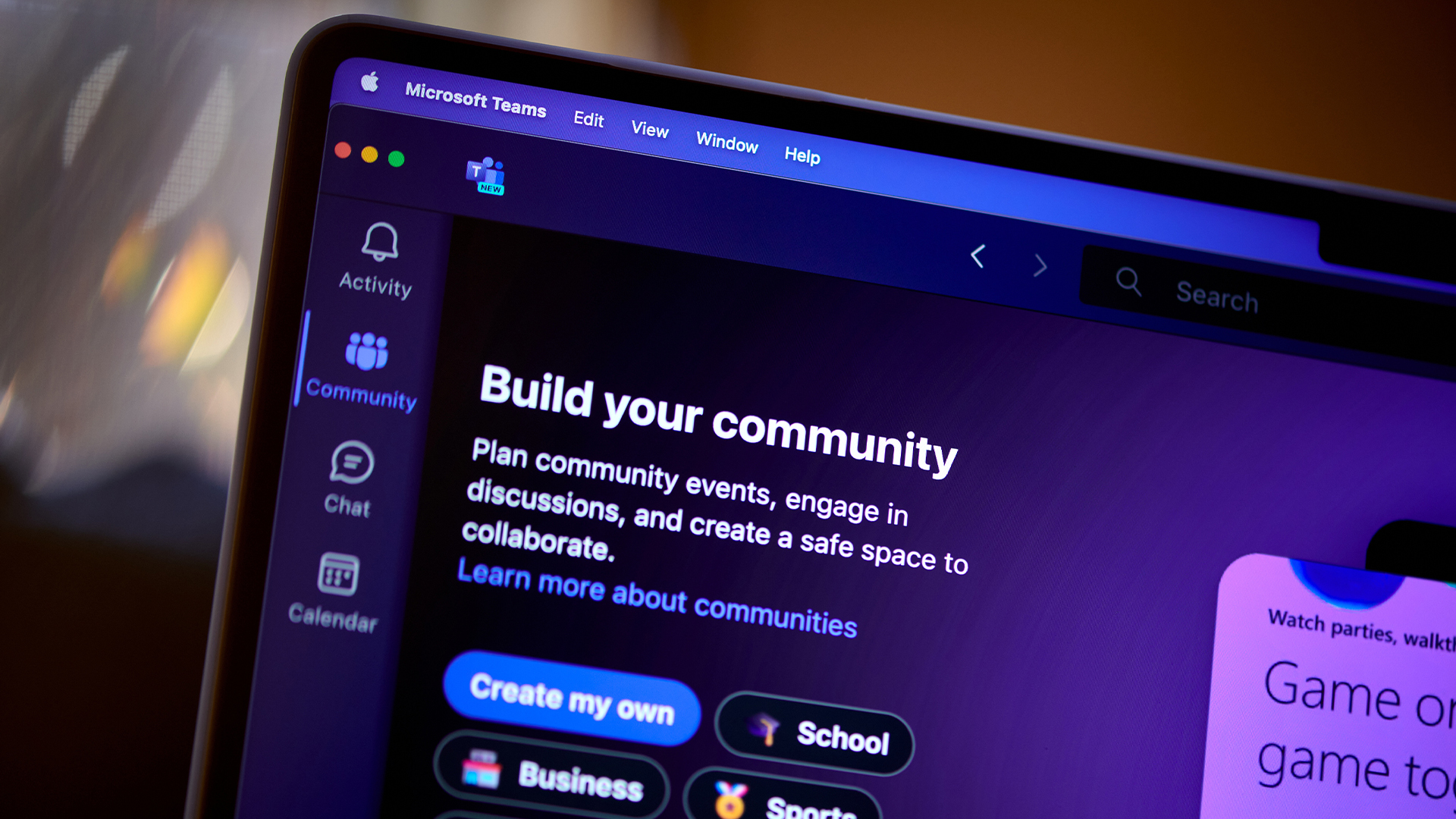 Microsoft Teams is getting a new location tracking feature that lets bosses snoop on staff – research shows it could cause workforce pushback
Microsoft Teams is getting a new location tracking feature that lets bosses snoop on staff – research shows it could cause workforce pushbackNews A new location tracking feature in Microsoft Teams will make it easier to keep tabs on your colleague's activities – and for your boss to know exactly where you are.
-
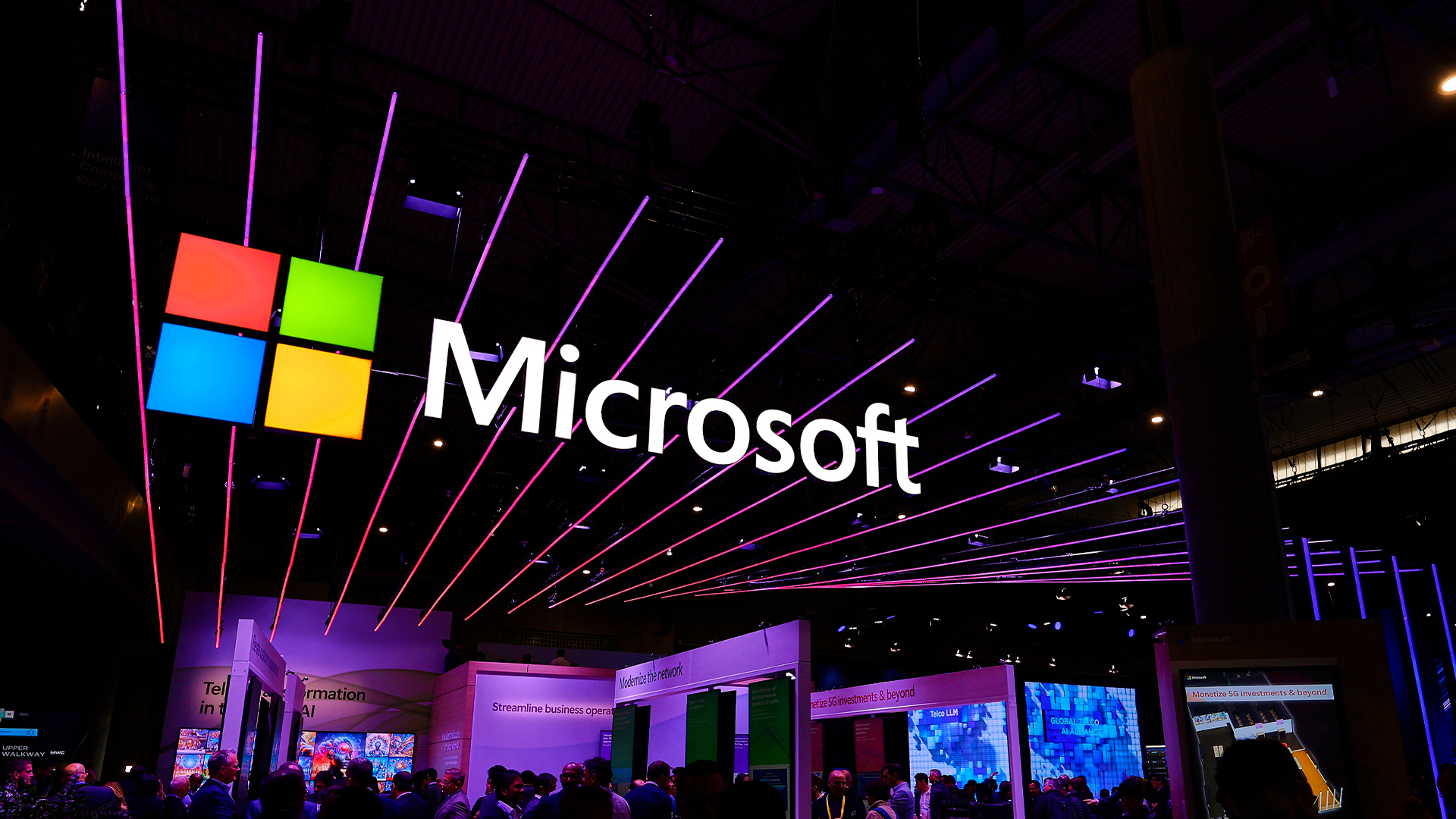 Microsoft opens up Entra Agent ID preview with new AI features
Microsoft opens up Entra Agent ID preview with new AI featuresNews Microsoft Entra Agent ID aims to help manage influx of AI agents using existing tools
-
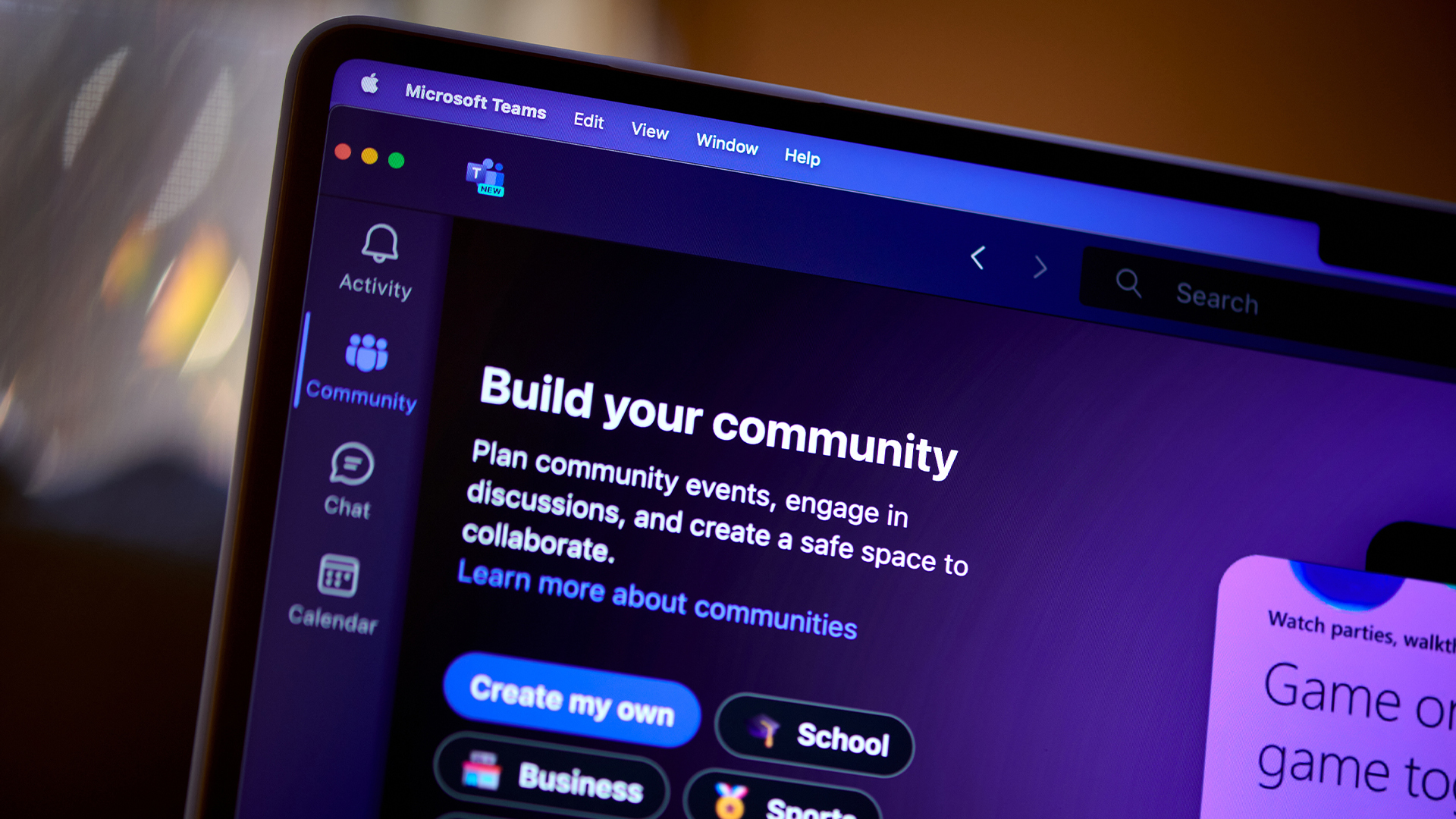 A notorious ransomware group is spreading fake Microsoft Teams ads to snare victims
A notorious ransomware group is spreading fake Microsoft Teams ads to snare victimsNews The Rhysida ransomware group is leveraging Trusted Signing from Microsoft to lend plausibility to its activities
-
 CISA just published crucial new guidance on keeping Microsoft Exchange servers secure
CISA just published crucial new guidance on keeping Microsoft Exchange servers secureNews With a spate of attacks against Microsoft Exchange in recent years, CISA and the NSA have published crucial new guidance for organizations to shore up defenses.
-
 CISA issues alert after botched Windows Server patch exposes critical flaw
CISA issues alert after botched Windows Server patch exposes critical flawNews A critical remote code execution flaw in Windows Server is being exploited in the wild, despite a previous 'fix'
-
 Microsoft issues warning over “opportunistic” cyber criminals targeting big business
Microsoft issues warning over “opportunistic” cyber criminals targeting big businessNews Microsoft has called on governments to do more to support organizations
-
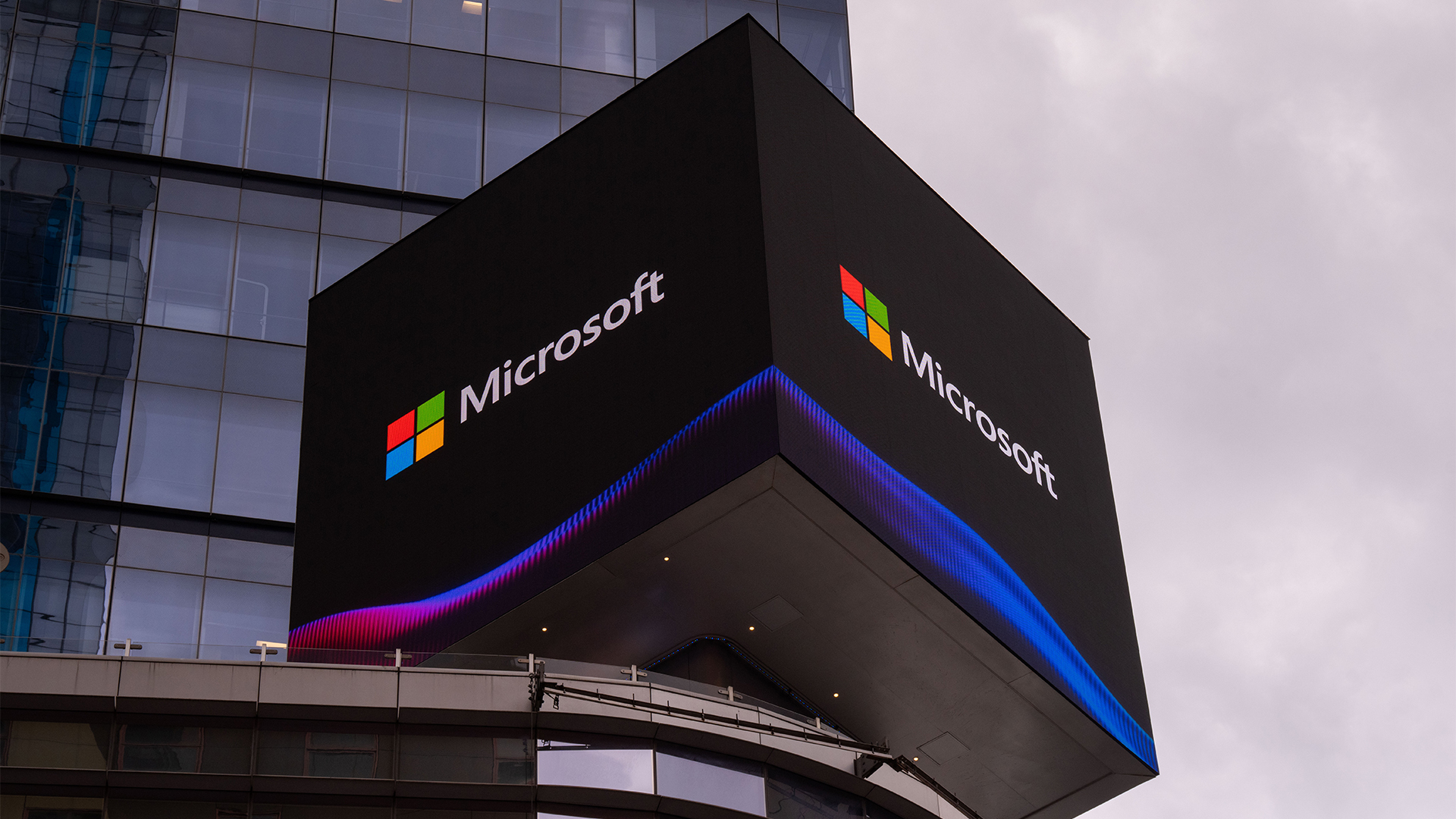 A terrifying Microsoft flaw could’ve allowed hackers to compromise ‘every Entra ID tenant in the world’
A terrifying Microsoft flaw could’ve allowed hackers to compromise ‘every Entra ID tenant in the world’News The Entra ID vulnerability could have allowed full access to virtually all Azure customer accounts
-
 Microsoft and Cloudflare just took down a major phishing operation
Microsoft and Cloudflare just took down a major phishing operationNews RaccoonO365’s phishing as a service platform has risen to prominence via Telegram